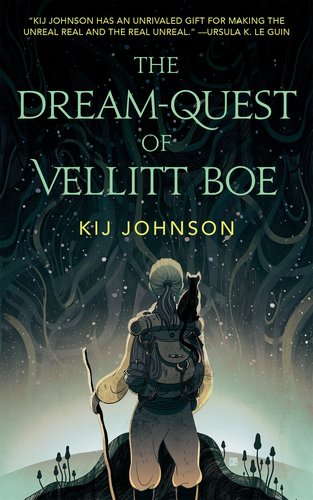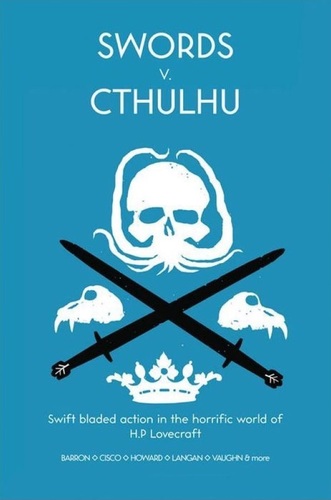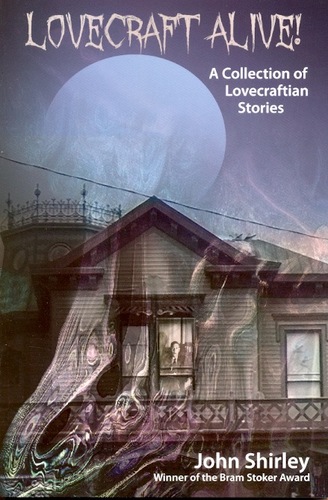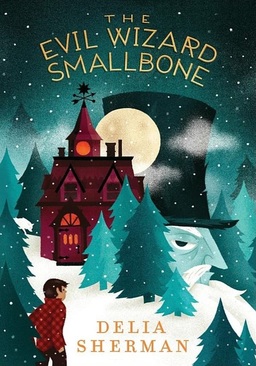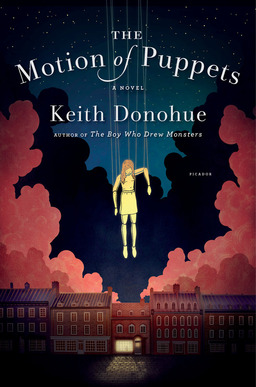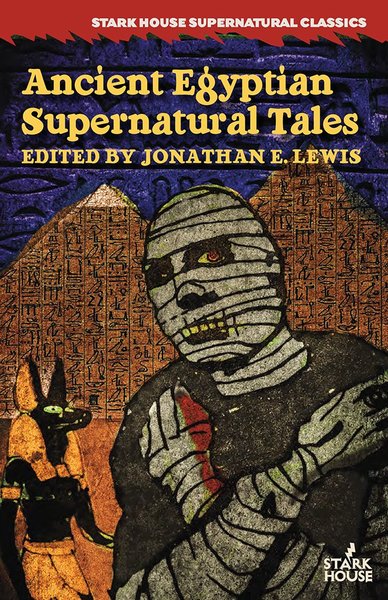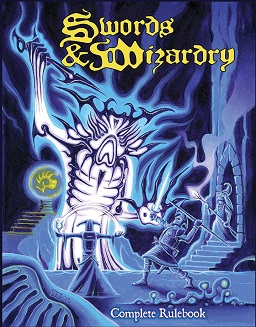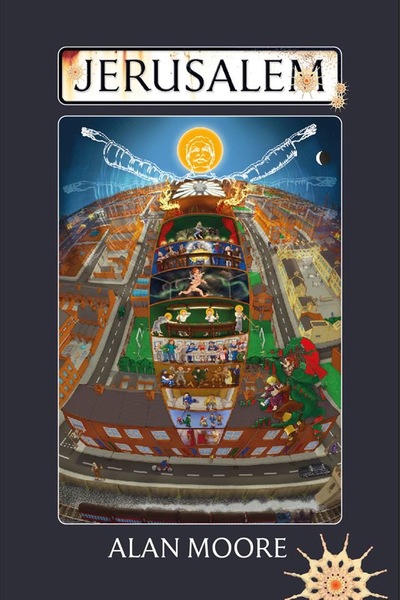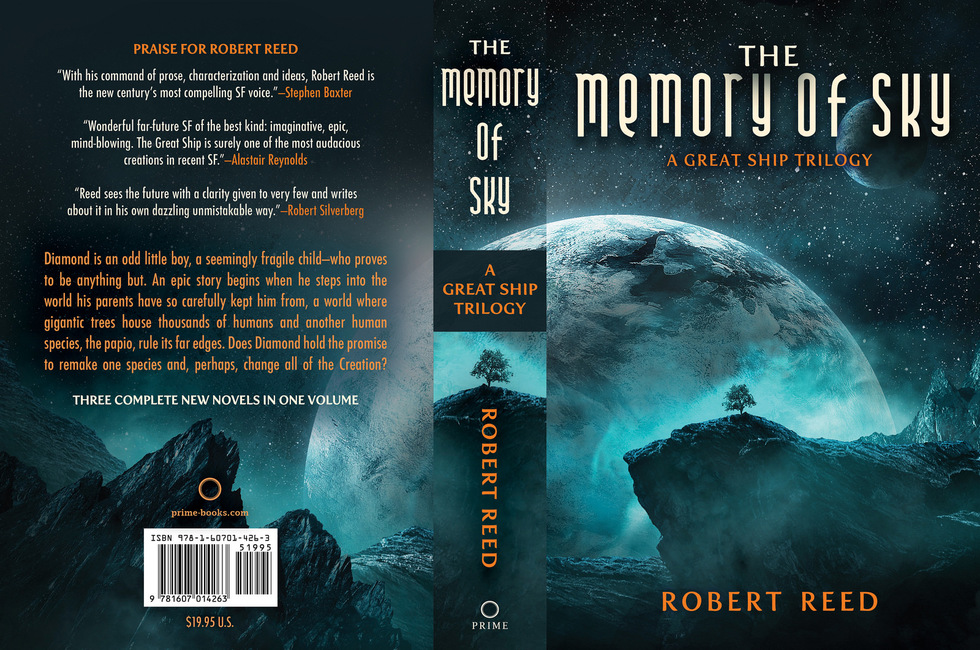Ares Magazine 3 Now Available
 SPI’s Ares Magazine was one of the best things about the 70s and 80s. Seriously, a top-notch game magazine with an original SF or fantasy boardgame crammed into every issue? You know that was just too cool to last.
SPI’s Ares Magazine was one of the best things about the 70s and 80s. Seriously, a top-notch game magazine with an original SF or fantasy boardgame crammed into every issue? You know that was just too cool to last.
It didn’t, of course. The magazine folded after only 19 issues, but in that time it produced many games that are still fondly-remembered today, like Greg Costikyan’s Barbarian Kings, the Alien-inspired The Wreck of the B.S.M. Pandora, the post-apocalyptic strategy title The Omega War, the haunted house exploration game Nightmare House, and lots more.
In early 2014 Matthew Wuertz reported here on the successful rebirth of Ares Magazine. The first issue shipped that year, and issue #2 arrived late last year. I was especially intrigued by the fantasy-themed third issue, containing the extremely ambitious game Born of Titans, a game of quests and heroes in Mythological Greece.
Born of Titans is the issue game in Ares issue 3. It is a game of heroism in the world of ancient Greek mythology. One to four may play, with special rules at the end for one and two-player games. Each player portrays a hero from legend who undertakes quests to battle with fierce monsters and retrieve epic artifacts.
Each player controls the actions of one Hero selected at the start of the game. Hero counters are moved on the map… A Hero with no remaining Crew is essentially alone on a raft. Her crew is dead or has run off…
In the fashion of good mythology, BoT relies on a generous amount of Prophesy… This is important so a player can know what sort of challenge she faces on her next Quest or what a particular Sea Monster is… The first player to gain a third Completed Quest wins the game!
Sadly, Born of Titans experienced several significant delays, and eventually Ares #3 shipped without it. The company store still lists the standalone version of the game for pre-order, with estimated arrival in May 2016. However, sites like FRP Games are now listing the magazine available with game included, for shipment this month.


